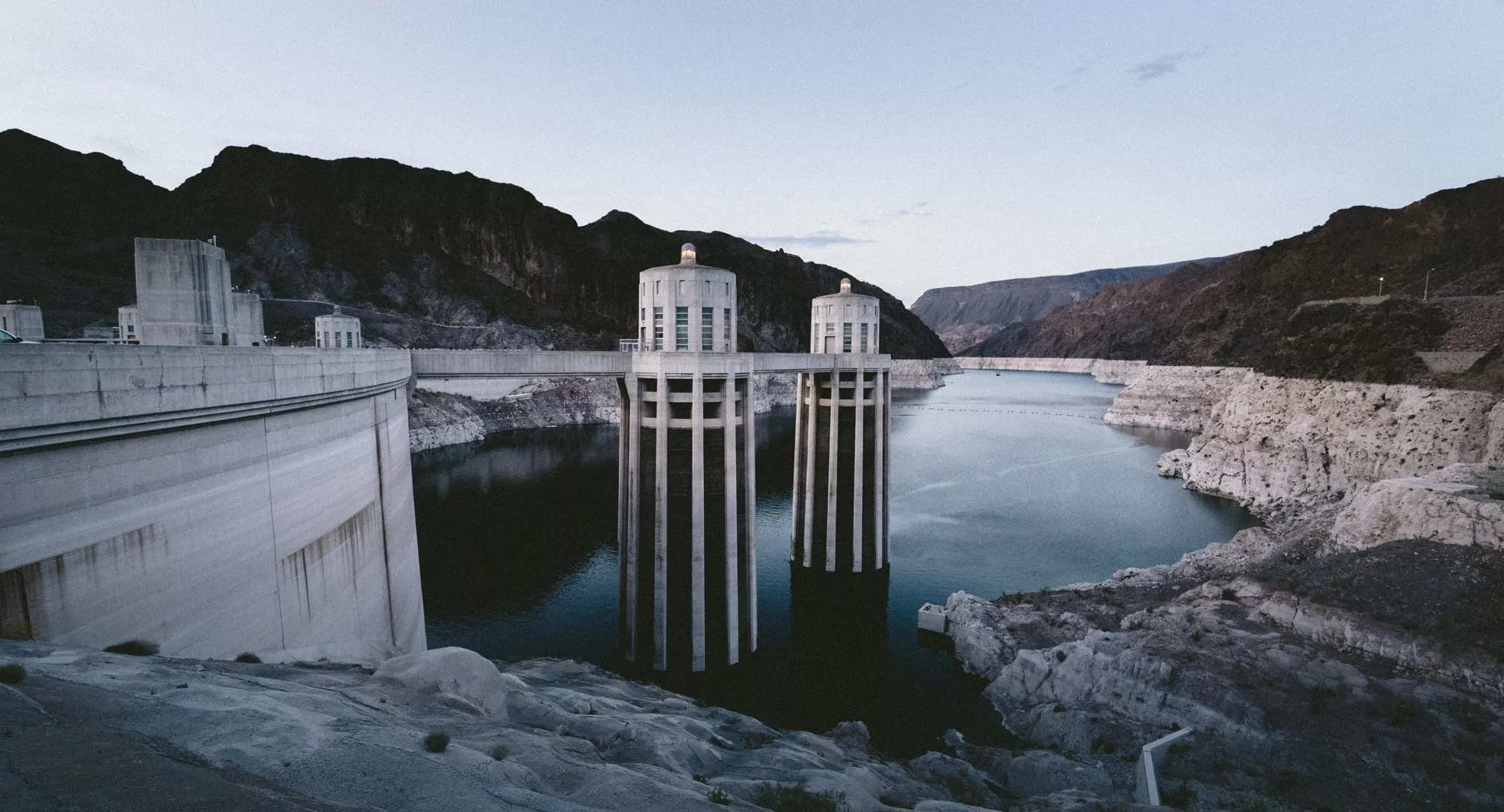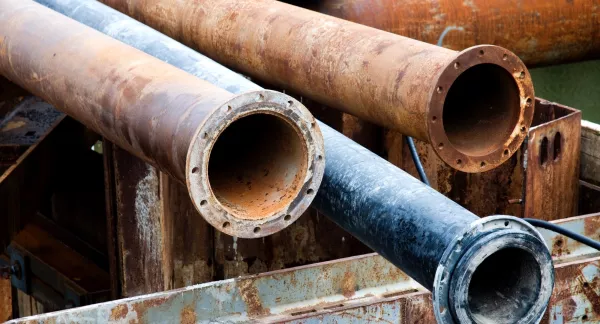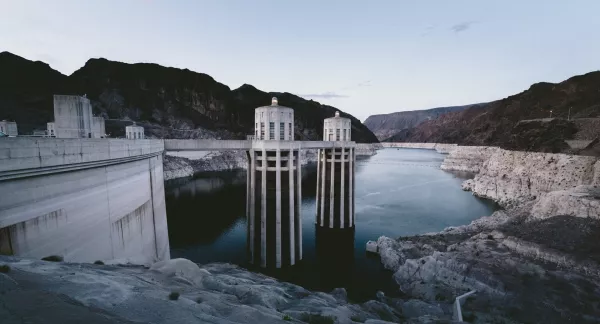
Full Lead Service Line Replacement Guidance
Abstract
Removing the entire lead service line (LSL) eliminates one significant potential source of lead. However, even after full LSL replacement, lead sources can still be present that can contribute to lead levels at the tap. Following a full LSL replacement, lead exposure can come from lead scale that has built up over time within premise plumbing, brass components that contain lead, and lead based solder. This research evaluated strategies to reduce lead exposure after conducting full lead service line replacements (FLSLRs). The research provides accurate and easily understood guidance and reference materials for water system staff to use when planning and implementing FLSLRs. Field studies were conducted at over 100 locations across the United States and Canada to evaluate post-replacement practices; case studies from 16 water systems were used to evaluate past practices and experiences of water systems in lead service line (LSL) replacements; and a guidance toolbox was developed to provide direction on pre- and post-LSL replacement efforts. A key component of the field studies included evaluation of two whole-house high velocity flushing methods: all faucets flushed at the same time versus each faucet flushed separately. Published in 2021.
Resources
Full Lead Service Line Replacement Guidance
Lead Service Lines (LSLs) can be a significant contributor to lead levels at the tap. Many utilities have been actively removing LSLs to reduce lead exposure from drinking water. The...

